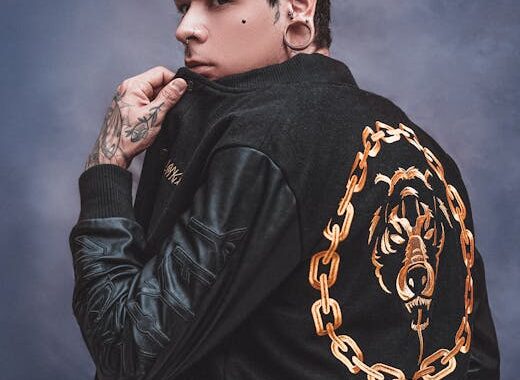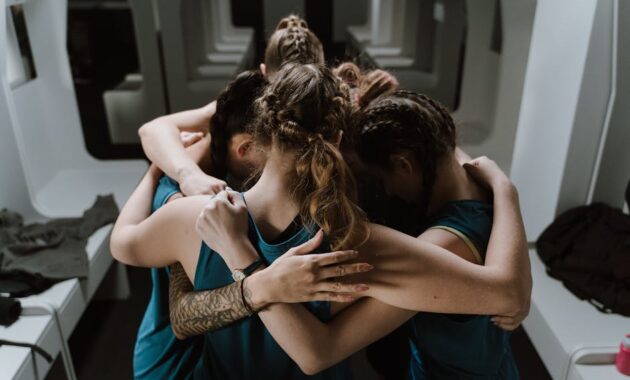A Chic Rebellion: Exploring the Iconic Short Hairstyles of 1960s Women
The 1960s were a decade of dramatic social and cultural shifts, and women’s hairstyles reflected this upheaval. While long, flowing hair held its place, a surge of short 1960s women’s hairstyles emerged, symbolizing a new era of independence and self-expression. These cuts, far from being simply practical, became powerful statements, challenging traditional norms and paving the way for the diverse styles we see today. This exploration delves into the fascinating world of short 1960s women’s hairstyles, examining their evolution, cultural impact, and enduring legacy.
The Pixie Cut: A Symbol of Liberation
Perhaps the most iconic short hairstyle of the 1960s, the pixie cut, epitomized the era’s rebellious spirit. Short, choppy layers and a close-cropped nape offered a stark contrast to the longer, more conservative styles prevalent in previous decades. Celebrities like Mia Farrow, with her gamine pixie in Rosemary’s Baby, popularized the look, cementing its place in fashion history. This bold choice wasn’t just about aesthetics; it was a rejection of societal expectations placed upon women, signifying a move towards greater autonomy and self-determination. The ease of styling also appealed to women juggling burgeoning careers and family responsibilities. The pixie cut, a true 1960s women’s hairstyle, demonstrated that short hair could be incredibly stylish and sophisticated.
The Bob: A Timeless Classic Reimagined
The bob, a classic hairstyle with roots stretching back to the 1920s, experienced a significant revival in the 1960s. However, the 1960s version often incorporated elements of asymmetry and texture, reflecting the decade’s penchant for a less structured aesthetic. Think of the slightly uneven lengths, the soft waves, and the overall effortless chic. The variation in bobs—from the chin-length to the slightly longer, more A-line styles—offered a versatility appealing to a wide range of women. It was a 1960s women’s hairstyle that was both practical and elegantly stylish, easily adaptable to different hair types and face shapes. [See also: The Evolution of the Bob Hairstyle]
The Bouffant: Adding Volume and Sophistication
While many women embraced shorter cuts, others maintained a longer style, albeit with a significant twist: the bouffant. This voluminous hairstyle involved teasing the hair at the crown to create a dramatic lift, often paired with a sleek, smooth finish at the sides and back. While technically not a short hairstyle in the strictest sense, many variations of the bouffant incorporated shorter layers around the face, making it a relevant entry in our exploration of 1960s women’s hairstyles. The bouffant was a sophisticated and glamorous look, reflecting the era’s fascination with artificial volume and height. [See also: The History of Voluminous Hairstyles]
The Influence of Icons: Shaping Hairstyle Trends
The 1960s saw the rise of several iconic figures who significantly shaped women’s hairstyle trends. Beyond Mia Farrow, actresses like Twiggy and Audrey Hepburn influenced the popularity of short 1960s women’s hairstyles. Twiggy’s signature gamine cut, with its wispy bangs and almost elfin charm, added to the growing popularity of short, boyish styles. Audrey Hepburn, with her elegant and sophisticated short cuts in films like Roman Holiday and Breakfast at Tiffany’s, showed that short hair could also be exceptionally glamorous and refined. These women transcended their acting roles, becoming style icons whose influence resonated deeply with the public.
The Cultural Significance: A Reflection of Change
The shift towards shorter 1960s women’s hairstyles wasn’t just a matter of fashion; it mirrored significant social and political changes. The decade witnessed the burgeoning feminist movement, challenging traditional gender roles and advocating for greater equality. Shorter hairstyles became a visible expression of this rebellion, a way for women to assert their independence and reject restrictive beauty standards. The ease of maintenance and practicality of short cuts also aligned with the increasing number of women entering the workforce, suggesting a move towards greater convenience and efficiency.
The Enduring Legacy: A Timeless Appeal
The short 1960s women’s hairstyles continue to influence contemporary trends. The pixie, bob, and variations of the bouffant remain popular choices today, showcasing the enduring appeal of these classic cuts. Modern iterations often incorporate updated techniques and styling products, but the core essence—a blend of chicness, practicality, and a touch of rebellion—remains intact. These hairstyles are more than mere stylistic choices; they represent a chapter in fashion history that embodies a spirit of change, empowerment, and a celebration of individual expression. The legacy of these short 1960s women’s hairstyles is a testament to their timelessness and their ongoing relevance.
Product Recommendations for Achieving the Look
Many modern hair products can help you recreate the iconic short 1960s women’s hairstyles. For the pixie cut, a strong-hold gel or pomade can help achieve that piecey, textured look. For the bob, a volumizing mousse can create lift and body, while a smoothing serum can tame frizz and flyaways. Achieving the bouffant requires a teasing comb and a strong-hold hairspray to maintain the volume. Remember to choose products that suit your specific hair type for optimal results. [See also: Best Hair Products for Short Hair]
Conclusion: A Celebration of Style and Self-Expression
The short hairstyles of the 1960s were more than just a fleeting trend; they were a powerful symbol of social change and self-expression. From the rebellious pixie cut to the sophisticated bob and the voluminous bouffant, these styles captured the spirit of a generation. They continue to inspire and influence modern hairstyles, proving the enduring appeal of timeless elegance and a dash of rebellion. Understanding the context of these short 1960s women’s hairstyles allows us to appreciate their significance and enduring legacy in the world of fashion and beyond.


